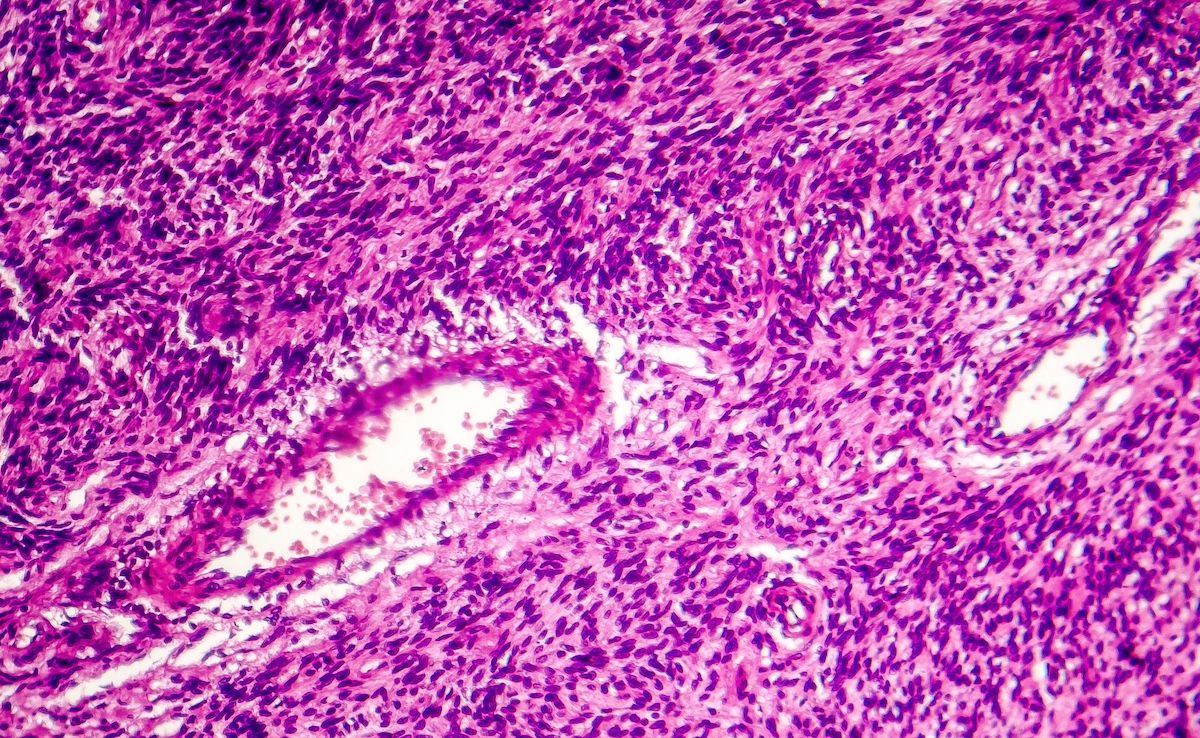News
Article
What We’re Reading: Bird Flu Vaccine Worries; Birth Risks From Heat Waves; Cybersecurity Staffing Issues
Author(s):
Scientists are worried that fertilized hen eggs remain the main ingredient for the H5N1 bird flu vaccine; an increased risk of preterm delivery and stillbirth exists in the US due to the worsening climate; health care executives are discussing whether they should bring in outside consultants or hire more employees in preparation for cyberattacks.
Scientists Worry About Bird Flu Vaccine Made With Eggs
Scientists have expressed worry that millions of fertilized hen eggs remain the main ingredient for the H5N1 bird flu vaccine, according to CBS News. To create this vaccine, the virus is grown in millions of fertilized eggs to make raw material; however, sometimes the virus does not grow well or mutates so that the vaccine does not work. Rick Bright, PhD, who led the HHS Biomedical Advanced Research and Development Authority during the Trump administration, explais that an adequate vaccine supply for the US would require hens to lay 900,000 eggs every day for 9 months. However, vaccines cannot be created if chickens get infected with the virus. Therefore, researchers and governments have been looking for vaccine alternatives since the 2009 H1N1 swine flu pandemic; examples include cell-based vaccines and mRNA vaccines. Also, as flu vaccine makers prepare for this fall, the federal government may request production be switched to a pandemic-targeted strain since they do not have the capacity to do both.
US Heat Waves Associated With Increased Preterm Birth Risk
A recent JAMA Network Open study found an increased risk of preterm delivery and stillbirth in the US due to the worsening climate, according to Stat. The study of more than 53 million US births during the hottest months of the year (May-September) found 2.15 million preterm births and 5.8 million early births within 4 to 7 days of a temperature spike. Also, after a heat wave, preterm births increased by 2% and early births by 1%. Heat waves are particularly worse for those without air conditioning or the financial means to pay higher electricity bills; they are also worse for those who have outdoor or physically demanding jobs. Consequently, US women who have lower education and those who belong to minority racial and ethnic groups, are generally employed in more physically demanding jobs and earn lower wages. Regardless of heat exposure, vulnerable populations are already more likely to experience early and preterm birth. Therefore, further research is needed to understand whether the link between heat and preterm birth is due to temperature spikes alone or whether heat exacerbates other risk factors.
Health Care Firms Boosting Cybersecurity Staff Amid Rising Threats
As health systems deal with the aftermath of large-scale ransomware attacks, executives are discussing whether they should bring in outside consultants or hire more employees, according to Modern Healthcare. These conversations are front of mind after 280 breaches occurred through April 2024, affecting more than 32.5 million people. A recent survey of cybersecurity professionals found that a challenge health care organizations face when handling these threats is hiring qualified cybersecurity talent, with most saying it is due to budgeting challenges as other industries pay higher salaries. Also, cybersecurity is a 24/7 issue, and it can be hard to find people for night shifts; if someone is found, there is usually a high turnover rate. Health care organizations could bring in third-party companies instead of hiring full-time employees, but the best of these organizations are expensive and may be beyond their budget. No matter how their system is set up, experts urge executives to ensure organizational readiness for cyberattacks.





